What is a winback campaign? Strategies to re-engage your inactive customers
Published on July 17, 2025/Last edited on July 17, 2025/13 min read
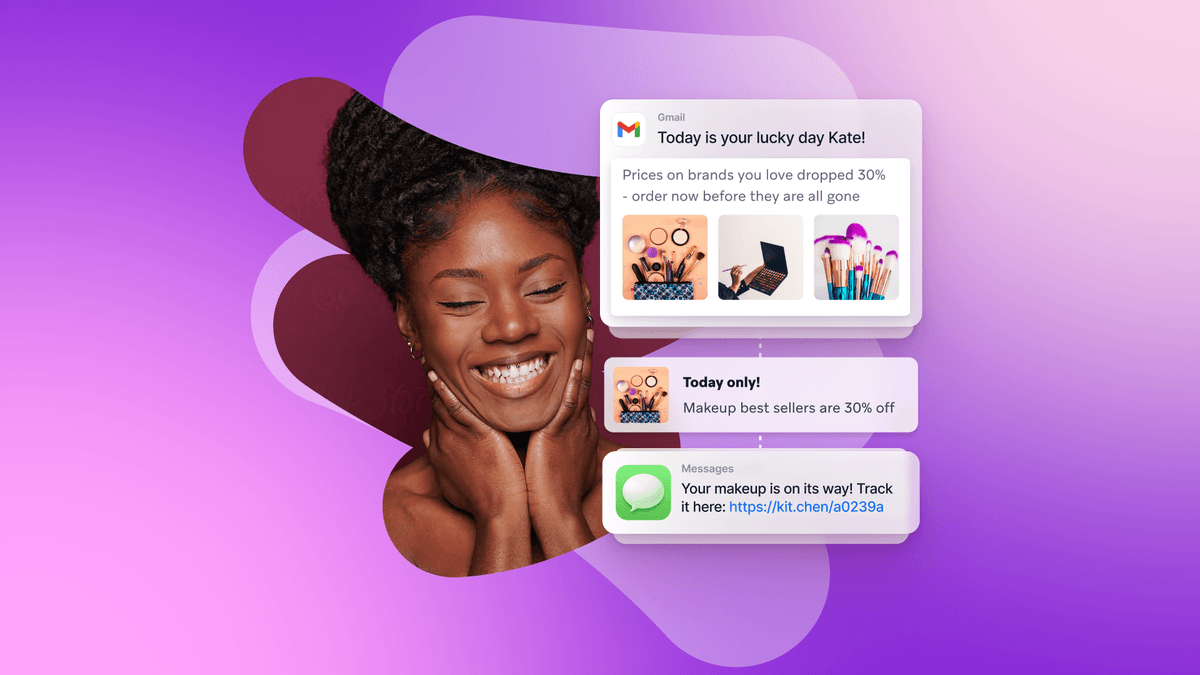
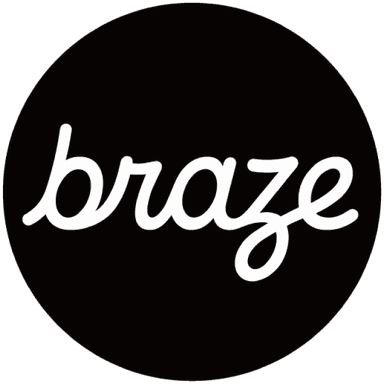
Team Braze
Every brand has them—customers who were once engaged, loyal, even enthusiastic… until they weren’t. But those customers aren’t a lost cause. With a winback campaign, you can bring them back into the fold with the right message, delivered in the right way.
In this guide, we’ll break down exactly what a winback campaign is, how to recognize churn signals before it’s too late, and what makes these reactivation efforts really work. From cross-channel orchestration and B2B strategies to subject line tips, performance benchmarks, and real-world examples, you’ll find everything you need to build a winback marketing strategy that brings dormant users back and keeps them engaged for the long haul.
What is a winback campaign?
A winback campaign is a targeted strategy to re-engage users who have become inactive or are showing signs of churn. These users might have stopped opening emails, uninstalled an app, or simply gone quiet over a certain period—30, 60, or even 90 days. The aim is to re-spark interest and guide them back into active engagement with personalized, well-timed messaging.
Unlike one-size-fits-all promotions, winback campaigns rely on customer behavior and preferences to drive relevance. Whether it's a friendly reminder, an incentive, or a curated content offer, the focus is on rebuilding connection and value before the customer slips away for good.
With the right tools in place, teams can automate these campaigns using behavioral triggers and orchestrate them across channels like email, push, SMS, and in-app messaging, making it easier to reach the right audience, at the right time, in the right way.
Winback marketing 101—Why inactive users are worth the effort
Acquiring a new customer can cost six to seven times more than retaining an existing one, and yet, many teams still focus the bulk of their resources on acquisition. Winback marketing flips that logic. Instead of chasing cold prospects, it zeroes in on those who already know your brand but have drifted away.
These campaigns work because they meet customers at a familiar intersection—past experience and present disengagement.
Winback marketing also offers a unique data advantage. You already have a history with these users—purchase patterns, content preferences, engagement trends—which means you can personalize outreach in a way that feels thoughtful, not intrusive.
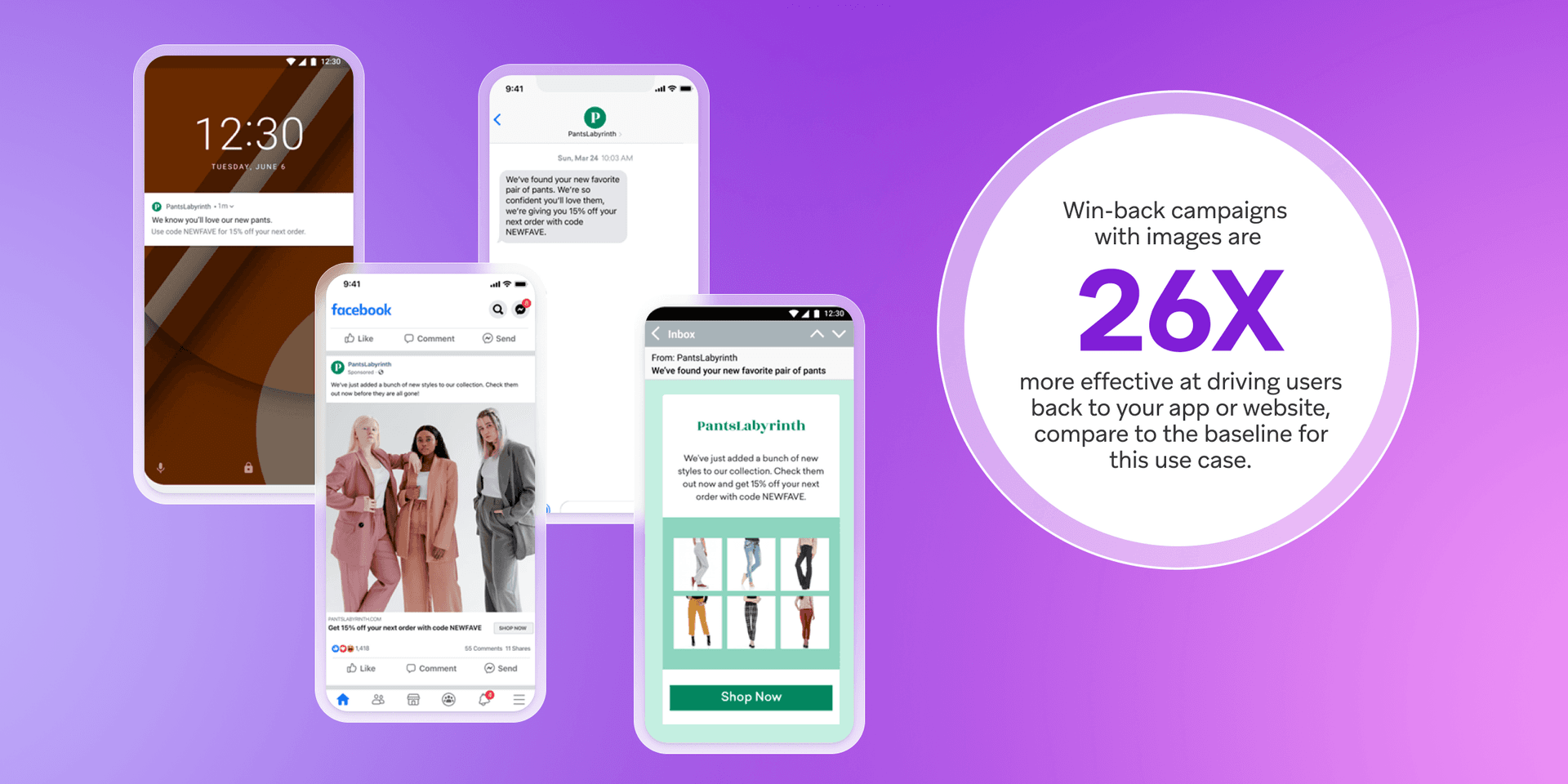
Where to start with winback campaigns
The first step is to identify who to target. This might sound straightforward, but blasting out an email to everyone who hasn’t engaged with your brand in a while isn’t just ineffective, it risks alienating users for good. The most successful winback campaigns are targeted and personalized, so decide on specific goals and build your dynamic audience segments accordingly. For example, a food delivery brand might target 30-day inactives in an attempt to drive re-orders, while retailers might want to reach out to people who’ve placed more than five orders but have been inactive for 90 days.
Once you know who to target, it’s time to craft a message that’s going to be relevant and valuable to the individuals receiving it. It’s not enough to tell customers you miss them, you have to offer a compelling reason to come back. Whether it’s simply reminding your consumers why they loved you in the first place, highlighting new website or features, or sharing a discount, it’s about identifying what kind of connection will land with that specific segment of users.
Churn prevention tactics that work
The best winback campaigns begin the moment you notice signs of disengagement. Churn usually happens as a slow fade—fewer logins, skipped emails, abandoned carts, long gaps between sessions. The trick is spotting those signals early and acting before the relationship cools completely.
By tracking user behavior over time, marketers can identify patterns that suggest a drop-off is coming. Maybe a user who used to open every push notification has stopped engaging. Maybe their last in-app action was 20 days ago. These clues can trigger automated workflows that re-engage users before they disappear for good.
Effective churn prevention combines data, timing, and empathy. That might mean sending a quick “Need help?” message after two weeks of silence. Or offering a one-time incentive when someone hasn’t reordered in a while. The more relevant the outreach, the better the odds of bringing someone back before you have to win them back at all.
Cross-channel winback campaigns from email to push, and beyond
No single channel wins every customer back. Someone who ignores emails might respond to a push notification. Another user might be more likely to return after seeing an in-app message timed perfectly with their login. That’s why the strongest winback campaigns take a cross-channel approach, reaching lapsed users in the places they’re most likely to engage.
Start with behavior. If a user still engages in the app but hasn’t opened an email in weeks, push or in-app might be your best bet. If they’ve stopped using the app entirely, an email with a reminder of what they’re missing—or a personalized offer—could be more effective.
Coordinating these touchpoints in a single journey makes it easier to manage timing, avoid message fatigue, and adapt dynamically based on user response. Smart sequencing and channel coordination improve retention outcomes. That orchestration can mean the difference between a user slipping through the cracks and re-engaging on the right channel, at the right time.
Building a customer winback strategy that gets results
Designing a high-performing customer winback strategy starts with a simple question: Why did this person disengage? The more context you have, the more effectively you can tailor your outreach.
A good strategy includes three core ingredients: Timing, messaging, and motivation. You want to catch the user before they’ve mentally moved on. You want your message to feel personal, not generic. And you need to offer something that makes returning feel worthwhile—whether that’s a discount, exclusive content, or a quick path to reactivation.
It’s also worth considering how many touchpoints to include. One email might not be enough. A sequence of re-engagement messages—delivered via the user’s preferred channels—gives you more opportunities to reconnect without overwhelming them.
B2B winback strategy—What’s different and what still works
A Business-to-Business (B2B) winback strategy comes with its own set of rules. Unlike Business to Consumer (B2C), where decisions are often quicker, B2B reactivation tends to involve longer sales cycles, multiple stakeholders, and higher stakes. That means timing, trust, and relevance matter even more.
Rather than flashy discounts or playful nudges, B2B winback efforts should focus on value. Highlight new product features, performance improvements, or tailored solutions that address the customer’s original pain points. A well-timed message that says “Here’s what’s changed since you left” can reignite interest—especially when it speaks to a business need.
Channel choice matters here, too. In addition to email and in-app messaging, consider using account-based approaches like custom landing pages, personalized outreach from success teams, or re-engagement via webinars and product tours. The winback path may be longer in B2B, but with the right signals and strategy, it’s just as powerful.
Winback strategy in practice
Winback campaigns take many forms, but the most effective ones share a few key traits: thoughtful timing, relevant content, and a clear reason to return. Let’s look at how one brand put those principles into action—and saw measurable results.
Ibotta checks out with stronger reactivation results
Ibotta is a leading cashback rewards app designed to help consumers earn money on everyday purchases—whether they shop online or in-store. By combining discounts, personalized offers, and digital loyalty tools in one place, Ibotta empowers its users to save with ease and build better buying habits.
The problem
Ibotta wanted to deepen its relationship with users who had lapsed or disengaged after previous purchases. They looked to bring people back into the app experience with timely, relevant communication that delivered real value and helped them rediscover the benefits of the platform.
The solution
Ibotta built a customer winback strategy around personalization and timing. Using Braze, they automated re-engagement touchpoints—like the “Switch and Save” email—sent 24 hours after a shopping trip. This message highlights high-value offers from alternative brands to those just purchased, incentivizing users to come back and browse again.
By using Braze Connected Content and in-house machine learning, Ibotta also sends Friday shopping list emails personalized with product recommendations and active offers tailored to each user’s preferences. These re-engagement emails are populated dynamically, turning generic messaging into one-to-one value delivery.
The results
With their personalized reactivation campaign in full swing, Ibotta saw strong engagement results:
- 15% open rate
- 1% click-through rate
- 8% conversion rate
The brand’s ability to serve timely, behavior-driven content has helped rebuild momentum with previously inactive users, boosting retention and creating more rewarding shopping experiences.
“Connected Content allows Ibotta to surface content that is highly personalized, helping to improve the experience and increase the value of our product for our Savers.” —Rich Donahue, Chief Marketing Officer, Ibotta
For more inspiration, check out our guide on retention campaigns that drive results.
7 Essentials for a winning B2C winback campaign (and examples)
From data-driven timing to well-placed incentives, here are seven proven tactics (plus examples) that can help your winback campaign do more than just check a box.
1. Let data guide your campaign
Marketers can study the behavioral data at their disposal to understand when the greatest percentage of customers are likely to drop off. This milestone can be used to deliver a compelling message at the moment that matters most..
2. Ask what the problem is and offer to solve it
Taking the time to understand why a customer has lapsed is essential. For example, encouraging customers to fill out a questionnaire can provide valuable insights. A final communication can serve multiple purposes: It can be an opportunity for customer research to learn what improvements can be made, a reminder of the company's value proposition, and a simple call to action to encourage users to visit their account again. Without understanding the reasons for customer drop-off, marketers risk repeating the same mistakes and using ineffective tactics.
3. Remind the customer what benefits they’ve received
Marketers should show the value delivered to customers over the lifetime of the relationship. Highlighting how long a customer has been with the brand and the benefits they have received can create a memorable winback campaign. For long-term customers, quantifying the duration of the relationship is particularly important, as this strategy can significantly increase click-through rates on emails.
4. Show them what they’re missing
Instead of using generic "we’ve missed you" messaging, you can focus on what’s in it for the customer. By understanding the customer’s motives and mindset, marketers can identify why they have lapsed and what would win them back. This is an opportunity to restate the valuable or exclusive information, services, or deals the brand provides. For example, brands can share updates that customers might have missed during their disengagement.
5. Offer one last enticement
winback campaigns offering discounts can be a successful strategy. Additionally, you can highlight previous value they’ve seen from your brand or discounts.
6. Send the breakup message
If previous efforts to re-engage customers are unsuccessful, it may be time to cut ties. Brands can break up gracefully, humorously, or directly.
Not all customers will provide your company with the same value, so use your re-engagement efforts as an opportunity to weed out the people who are simply never going to buy or engage.
7. Know when to call it quits
A winback campaign should be focused and not excessive. Overdoing it can annoy customers and be counterproductive to your efforts.
Re-engagement emails that get opened
You can have the perfect offer, the perfect timing, and the perfect message, but if your email doesn’t get opened, none of it matters. Subject lines are your first impression, and in winback campaigns, they carry extra weight. You're trying to cut through apathy, not just noise.
Some of the most effective re-engagement emails use curiosity, value, or urgency to spark action. Think:
- Still thinking it over? Here’s 15% off
- You left this behind…
- We saved your favorites—just in case
Personalization also matters. Including the customer’s name, referencing a previous product, or highlighting their unique savings can increase open rates. Beyond the first line, the content inside needs to follow through, offering something genuinely useful, relevant, or rewarding.
If you’re not sure what will resonate, test it. A/B testing and multivariate testing help you refine not just subject lines, but timing, incentives, and tone. Small tweaks can lead to big lifts in performance.
Benchmarks for your winback campaign to measure success
Measuring the impact of your reactivation efforts is essential for optimizing performance and making the case for continued investment in retention.
Start with the basics:
- Open rate: Are people noticing your message?
- Click-through rate: Are they engaging with the content?
- Conversion rate: Are they taking meaningful action—like logging in, making a purchase, or completing a goal?
Research has shown that for customer winback campaigns, open rates of 12% can be expected. Conversion rates vary by industry, but even modest improvements can yield big results, especially when targeting high-value users.
Also consider:
- Time-to-reactivation: How long it takes a user to re-engage after receiving your message
- Lift in LTV: The additional revenue generated by reactivated users
- Churn reduction over time: Whether winback efforts are lowering overall churn rates
Benchmarks provide a helpful baseline, but the real value lies in iteration. Use results and real-time data to refine your winback marketing strategy—adjusting your timing, message cadence, or offer based on what performs best.
Research shows that it costs 6-7X more to acquire new customers than to get existing customers to make purchases.
Wondering if you’re investing enough time and resources toward retaining customers?
Choosing a winback campaign tool
The right tools make all the difference when designing and implementing a winback campaign.
With Braze, marketers can combine behavioral data, automation, and personalization to build winback journeys that adapt in real time. Features like Canvas let you orchestrate re-engagement messages across email, push, SMS, and in-app, while managing frequency and delivery logic in one visual interface.
Using Connected Content, teams can dynamically populate emails with personalized recommendations or incentives, drawn from first-party data and external sources. This means messages can speak to the user’s actual behavior and preferences.
Braze also supports real-time triggers based on in-app actions, purchase behavior, or inactivity windows. And with Predictive Churn, marketers can proactively identify users who are likely to disengage and automatically enroll them in reactivation journeys.
Together, these tools help turn a static winback campaign into a responsive, data-informed experience—one that meets the user where they are and gives them a compelling reason to come back.
Final thoughts
A strong winback campaign rebuilds relationships. These campaigns show customers they’re still valued, still seen, and still welcome. That kind of message can go a long way, especially when backed by relevant offers and smart timing.
As the customer journey grows more complex, reactivation strategies need to match. One-off emails might catch a few returners, but coordinated, behavior-based journeys are what truly move the needle. By combining user insights with cross-channel orchestration, marketers can create winback experiences that feel personal.
FAQs about winback campaigns
A winback campaign is a targeted marketing effort designed to re-engage users who have become inactive or lapsed. These campaigns aim to remind customers of your brand’s value and encourage them to return through personalized messaging and incentives.
To create a winback strategy, start by identifying churn signals (e.g., inactivity, unsubscribes, cart abandonment). Then segment your audience, determine the right timing, choose effective channels, and develop personalized messages that offer a reason to return.
Winback emails are typically sent after a user has been inactive for a specific time, often 30, 60, or 90 days. The best timing depends on your product or service lifecycle and when users typically begin to disengage.
A re-engagement campaign is broader and may target users who are at risk of becoming inactive, while a winback campaign focuses specifically on users who have already churned or lapsed. Both aim to drive renewed activity but differ slightly in timing and targeting.
When well-timed and personalized, winback campaigns can significantly improve customer retention and revenue. Conversion rates vary by industry and incentive, but even modest returns often outweigh acquisition costs.
Related Tags
Be Absolutely Engaging.™
Sign up for regular updates from Braze.
Related Content
View the Blog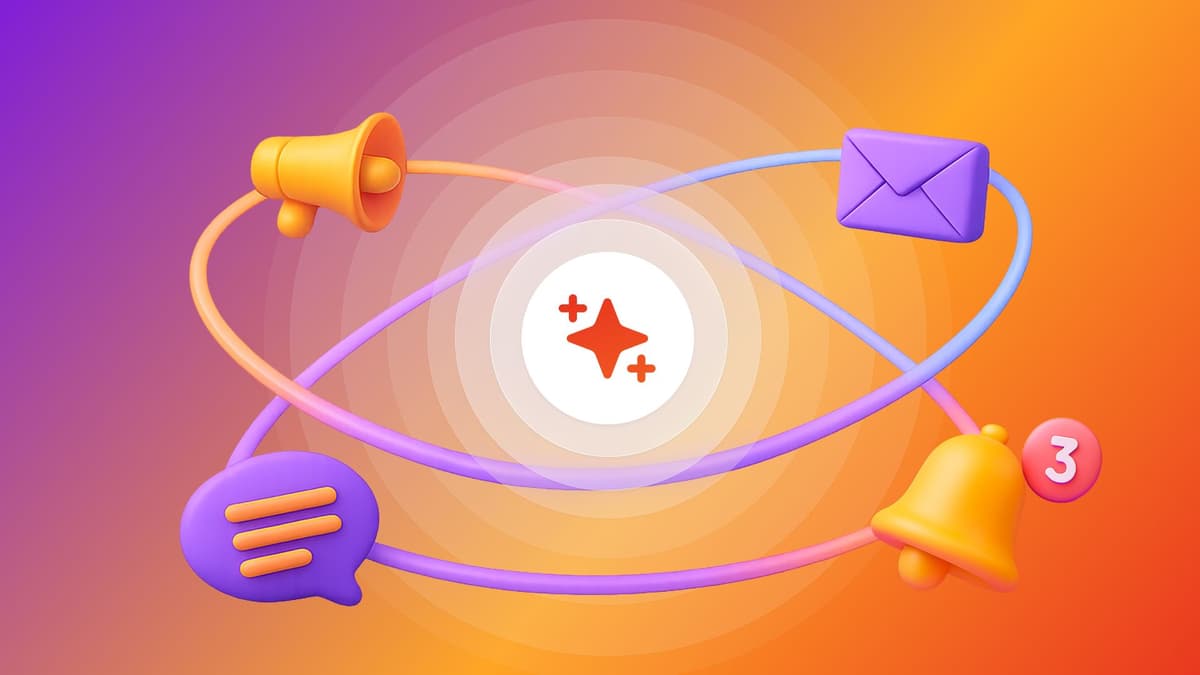
How AI Decisioning Transforms Marketing (A Complete Guide)
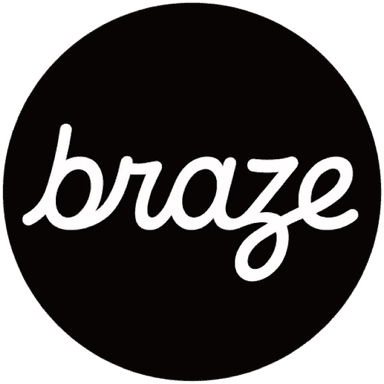
Team Braze
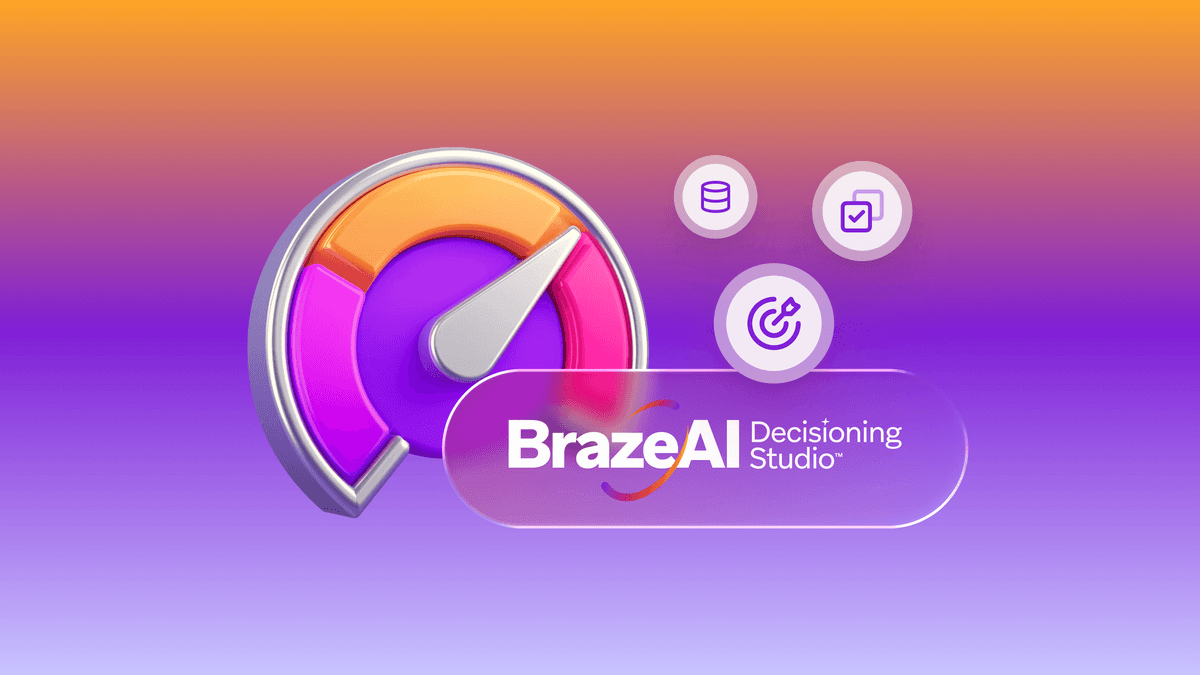
AI decisioning cheat sheet: How to crawl/walk/run with BrazeAI Decisioning Studioᵀᴹ

Team Braze

A day in the life of a data scientist on the BrazeAIᵀᴹ forward-deployed engineering team
